You’re not alone if you’ve ever wondered why some websites seem to dominate search results while others struggle to find their footing. On Site SEO vs Offsite SEO is a common point of contention!
Search engine optimization (SEO) is like a secret sauce for boosting your website’s visibility, but many businesses are still scratching their heads about whether it’s worth the effort.
A recent survey by Fractl revealed a surprising statistic: only 18.4% of respondents believe that SEO is crucial for their business health. And nearly 26% aren’t convinced that it plays a significant role. Even more surprising, many business owners admit they find SEO a mystery.
So, let’s demystify this enigma! We’re exploring the world of on site SEO vs offsite SEO, breaking down what each involves and why they’re both vital for your online success.
Whether you’re a newbie or just looking to refresh your strategy, stick around as we explore how to supercharge your site and make Google’s algorithms work in your favor.
On Site SEO vs Offsite SEO : Key Takeaways
- On site SEO is about tweaking your website’s inner workings to make it shine in search engines. Its like the nuts and bolts of your site—keyword research, internal linking, images, and overall performance.
- Offsite SEO, on the other hand, is like your website’s social life. It’s about discussing your site in all the right places—link building, social media promotion, video marketing, and guest blogging.
Focusing on just one type of SEO might get you some decent rankings. But to outshine the competition, you’ll want to master both.
On Site SEO vs Offsite SEO: Google’s Authority Score
Google gives every website an “authority score” from 1 to 100. The higher the score, the more Google trusts your site. On site SEO can boost this score by ensuring your site has relevant keywords, well-crafted content, and many internal links.
Offsite SEO, on the other hand, boosts your score when other high-authority sites link back to you. These links are like votes of confidence from the web, signaling to Google that your site is credible, too.
Let’s dive deeper into these concepts and provide actionable tips to level up your SEO game.
What is On site SEO?
On site SEO involves all the optimization work you do on your website itself.
In the early days, SEO was a keyword-stuffing free-for-all. Now, it’s about creating a stellar user experience. On-site SEO, or on-page SEO, is about making your site attractive to search engines and users.
The goal is to make it easy for search engine “spiders” or web crawlers to understand your site’s content. These crawlers rifle through every publicly accessible page and index the content so that users can easily find it when they search for related topics. The better optimized your pages are, the higher they’ll rank on the search results page.
On-Page Keyword Optimization
| Website Performance Optimization | Page Title Optimization | Meta Description Optimization |
| Internal Linking | Image Optimization | URL Structure |
| Mobile-Friendliness | TLS Encryption | On-Page Keyword Optimization |
Onsite SEO Ranking Essentials
Here’s a quick guide to top on-page SEO strategies:
1. Website Performance Optimization
A fast-loading website boosts user experience and search rankings. Use PageSpeed Insights for a free performance check. Improve speed with:
- Browser caching
- Lazy loading
- Code minification
- Content Delivery Network (CDN)
For the best outcomes, you can hire an SEO audit service to address crawlability, security, duplicate content, and redirects.
2. Page Title Optimization
Titles need to captivate your audience and include target keywords. Place keywords at the beginning or end of your title.
3. Meta Description Optimization
Meta descriptions under 160 characters should highlight what readers will gain and include keywords and CTAs. Longer descriptions get cut off in search results.
4. Internal Linking
Internal links guide readers to more content and help search engines index your site, boosting topical authority and rankings.
5. Image Optimization
Optimize images by compressing size, using descriptive filenames, adding alt tags, and choosing SEO-friendly formats; the latest recommendation is WebP.
You can use automated tools or an SEO agency for large volumes.
6. URL Structure
Use descriptive, keyword-rich, and short URLs. Platforms like WordPress and tools like Rank Math and Yoast can help.
7. Mobile-Friendliness
With 55% of searches on mobile, ensure your site is mobile-friendly by using responsive themes, adjusting font sizes, and spacing clickable elements. Check Google Search Console’s “Mobile Usability” report for tips.
8. TLS Encryption
Secure your site with TLS to protect user data and improve rankings. Lack of TLS can deter users from sharing their information, while filling the forms on your website for leads.
9. On-Page Keyword Optimization
Keywords still matter in 2024 but in a more semantic way. You can use them in your content body, navigation, anchor texts, and subheadings to enhance relevance for users and search engines.
What is Offsite SEO?
Offsite SEO is like the hype machine for your website. While onsite SEO is about making your site awesome, offsite SEO gets other people to spread the word. Take it as your website’s promotional campaign. Good content will attract visitors, but offsite SEO accelerates this by promoting your site across different platforms.
| Offsite SEO Ranking | |
| Guest Blogging | Local Listing Management |
| Social Media Marketing | Link Reclamation |
Offsite SEO Ranking Constituents
Here’s a quick guide to top off-page SEO strategies:
1. Guest Blogging
Guest blogging is a secret weapon for boosting your search engine rankings with fresh “backlinks.”
So, what’s a backlink? It is a digital high-five from another site, signaling to search engines that your content is worth sharing. The more high-quality backlinks you get, the more authority and value your page gains in Google’s eyes.
Here’s how you can rake in those backlinks with guest blogging:
- Find Your Stage: Look for relevant, high-authority sites that accept guest posts.
- Pitch Perfect: Reach out and pitch your brilliant content idea.
- Post with a Purpose: Write your post and include that all-important backlink.
Use Google to hunt down guest post opportunities by searching for relevant keywords and phrases like “write for us” or “guest post by.”
While finding sites isn’t too tricky, crafting unique, top-notch content for multiple high-authority sites can be. If you’re short on time, consider hiring a link-building service to handle it.
2. Local Listing Management
Want to boost your local SEO? Managing your local listings is critical. By submitting your business details to platforms like Google Business Profile and HomeAdvisor, you can ensure that your business pops up in local searches, like “digital marketing agency near me.”
But don’t forget that local SEO combines on-site and off-site strategies. In addition to local listings, create dedicated landing pages for local keywords and sprinkle your address in your site’s header, footer, and “About” page.
3. Social Media Marketing
While Google doesn’t directly count social signals as a ranking factor, social media is still a powerhouse for SEO.
Here’s why: social media drives traffic to your site, boosts click-through rates, and amplifies brand awareness. Plus, promoting content on social platforms can catch the eye of bloggers, businesses, and journalists who might link to your site.
Here’s how to make social media work for you:
- Share Original Research: Case studies and data-rich content are gold for other creators who love to cite credible sources. Promote these on social media to attract backlinks.
- Show Off Visuals: Share engaging graphics and infographics on platforms like Instagram and Pinterest. These are often picked up and linked to by others.
- Explain and Link: Instead of explaining concepts, create clear, valuable posts that other content creators can link to.
- Release the Press: Publish press releases to draw natural backlinks and boost your business’s visibility.
4. Link Reclamation
Link reclamation is like treasure hunting for lost or broken backlinks. SEO tools like Ahrefs or Semrush can help you uncover links that once pointed to your site but are missing or broken.
Lost links occur when a referring site deletes or changes a link, and broken links happen when you delete or change a page. Either way, you lose out on those SEO benefits.
Here’s what to do:
- Spot the Issue: Use SEO tools to find lost or broken links.
- Reach Out: Contact the referring site to get those links restored.
- Monitor Competitors: Check out your competitors’ backlinks to find new opportunities. If your content is better, ask for a link instead of theirs.
- With these strategies, you’ll be well on your way to boosting your site’s authority and visibility!
On site SEO vs Offsite SEO
Let’s take a simple analogy to explain On Site SEO vs Offsite SEO.
Think of onsite SEO as the foundation of your website—it’s all about making your site as search-friendly as possible. This means tweaking page titles, internal links, and images so search engines can easily understand and rank your content.
On the other hand, offsite SEO involves all the buzz happening outside your website. It’s about earning valuable backlinks from different sites and getting your brand mentioned on social media. These external signals help drive traffic and boost your site’s credibility.
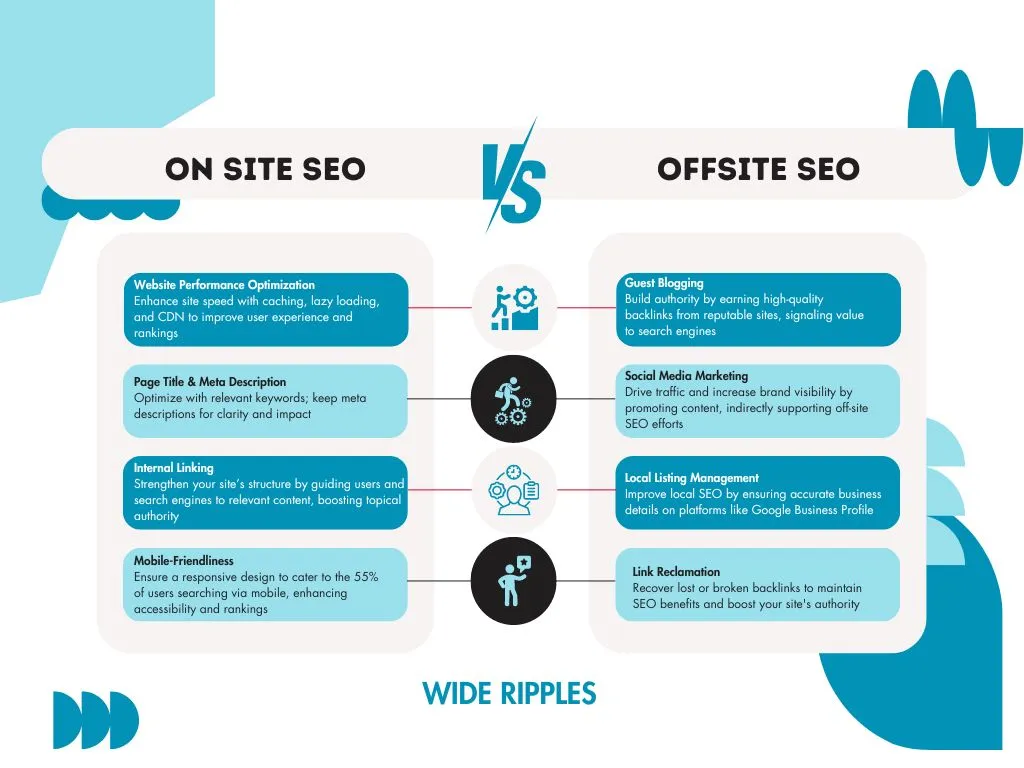
Important Things to Remember
Both onsite and offsite SEO are crucial. Start with onsite SEO because you need solid content before effectively promoting it.
Even with the best marketing strategy, users won’t stick around if your site doesn’t offer real value. Mix in other content strategies, like infographics and videos, to make your site more engaging and valuable for visitors.
Making Google’s Job Easier
Want to win Google’s favor to ease your concerns about On Site SEO vs Offsite SEO? It’s easier than you think with a few simple tools:
Google Business Page
Set up your Google Business page to boost your visibility on Google Maps. It’s like giving Google a map of your front door!
Google Reviews
High ratings and plenty of reviews can help your page climb the search rankings. So, encourage your customers to leave feedback and make it easy for them to share their thoughts.
Google Search Console
Connect your site to Google Search Console. It’s like giving Google a backstage pass to your website. They’ll use it to crawl your site, spot any issues, and ensure everything runs smoothly.
Check off these tasks, and you’ll be on your way to mastering both Onsite and Offsite SEO. Remember, each business is unique, so tailor these strategies to fit your industry and resources.
How Wide Ripples Can Help You With SEO
At Wide Ripples, we excel in on-site and off-site SEO to enhance your website’s visibility and performance.
For on-site SEO, we fine-tune your website’s key elements, such as page titles, meta descriptions, internal links, and site speed, to improve search rankings and create a better user experience.
For off-site SEO, we focus on boosting your online presence through strategic backlinking, managing local listings, and engaging in social media to build your site’s authority and drive more traffic.
Partner with Wide Ripples to refine your SEO strategy and elevate your site’s search rankings. Contact us today to get started!
Frequently Asked Questions
What is on site SEO optimization?
On site SEO optimization involves making improvements directly on your website, like optimizing page titles, meta descriptions, content, images, and site structure to enhance search engine rankings and user experience.
How does offsite SEO impact search rankings?
Offsite SEO involves activities outside your website, such as earning backlinks, managing local listings, and engaging in social media. It boosts your site’s authority and credibility, leading to better search rankings.
What are examples of on-page SEO techniques?
Examples include optimizing page titles and meta descriptions, using relevant keywords, improving page load speed, optimizing images with alt text, and using header tags and internal links.
How can I improve my website’s domain authority?
Acquiring high-quality backlinks, publishing valuable content, ensuring good technical performance, and maintaining a solid user experience can improve domain authority.
What role does content quality play in on site SEO?
High-quality content attracts visitors and earns backlinks, which search engines value. Aim for informative, engaging, and relevant content to your audience’s needs.
How do social signals affect offsite SEO?
Social signals like shares and likes boost brand visibility, drive traffic, and can lead to more backlinks. While they don’t directly affect rankings, they support overall off-site SEO efforts.
What are the best practices for internal linking?
Use descriptive anchor text, link to relevant pages, avoid over-linking, and create a clear site structure. This helps search engines understand your content and improves user navigation.
How can I monitor my website’s SEO performance?
Use tools like Google Analytics and Google Search Console to track traffic, keyword rankings, and technical issues. Regular reviews help identify improvements and refine your SEO strategies.
What are common mistakes in offsite SEO?
Common mistakes include getting low-quality backlinks, neglecting local listings, ignoring social media engagement, and not monitoring backlinks for issues. To avoid these pitfalls, focus on quality backlinks and active management.

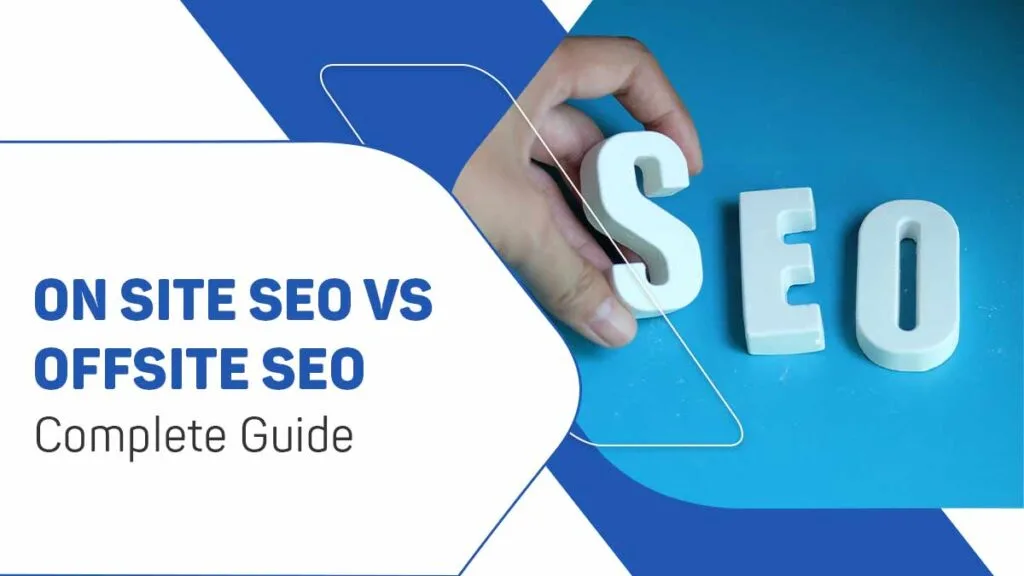
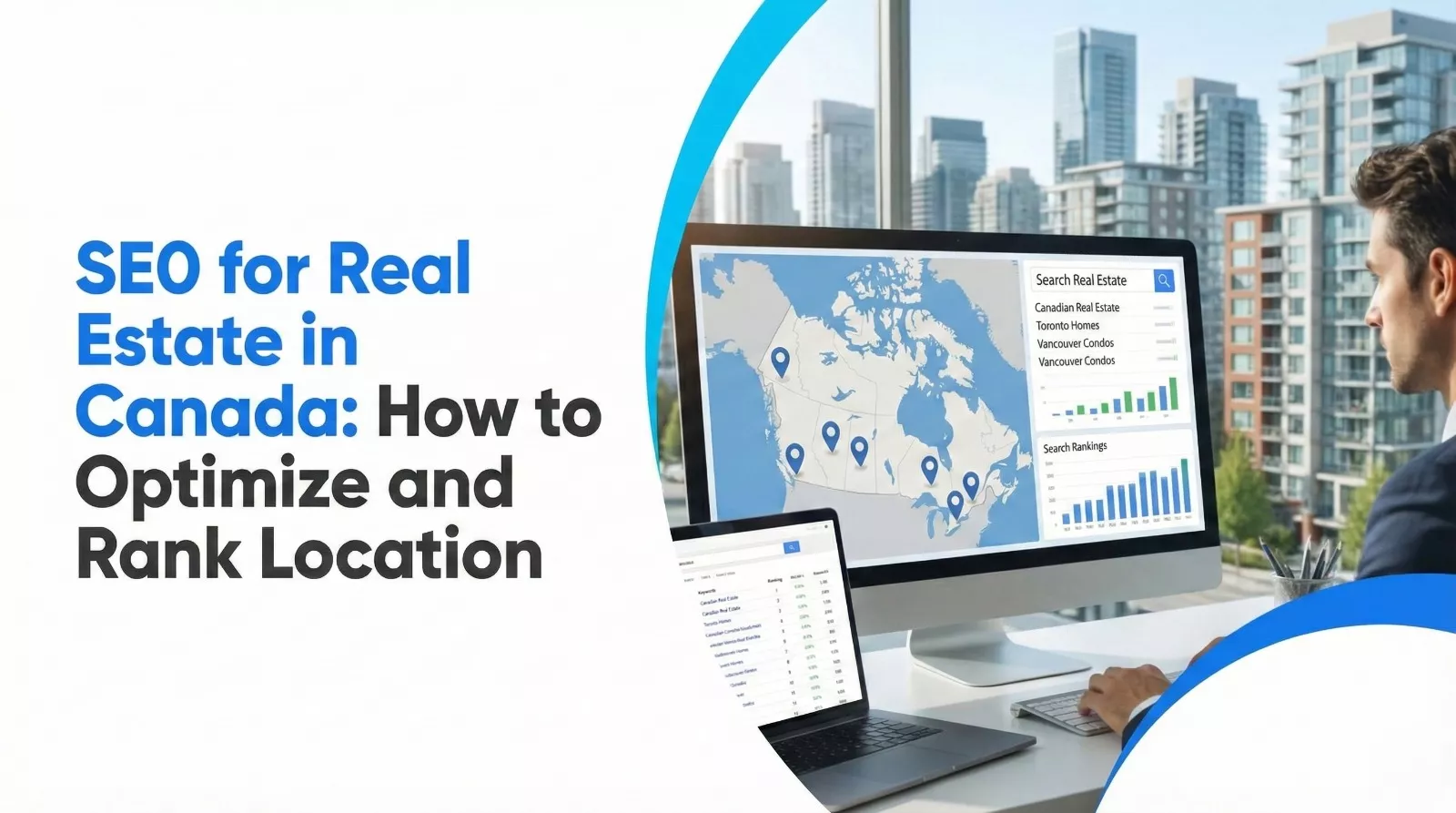
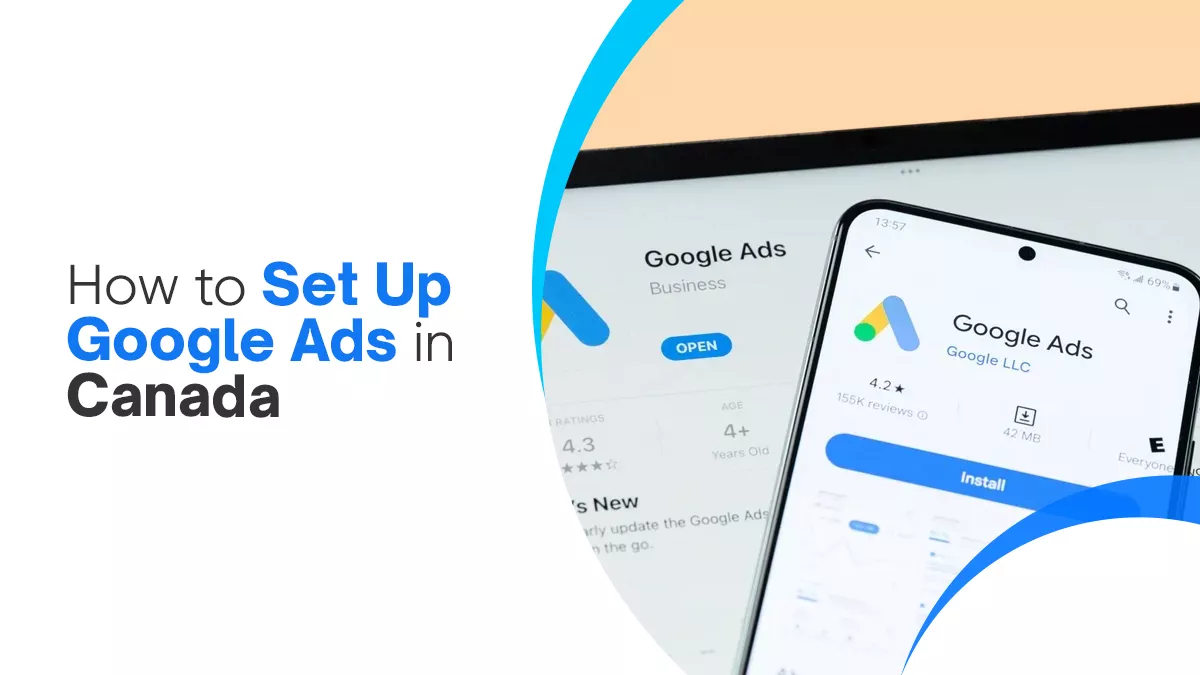
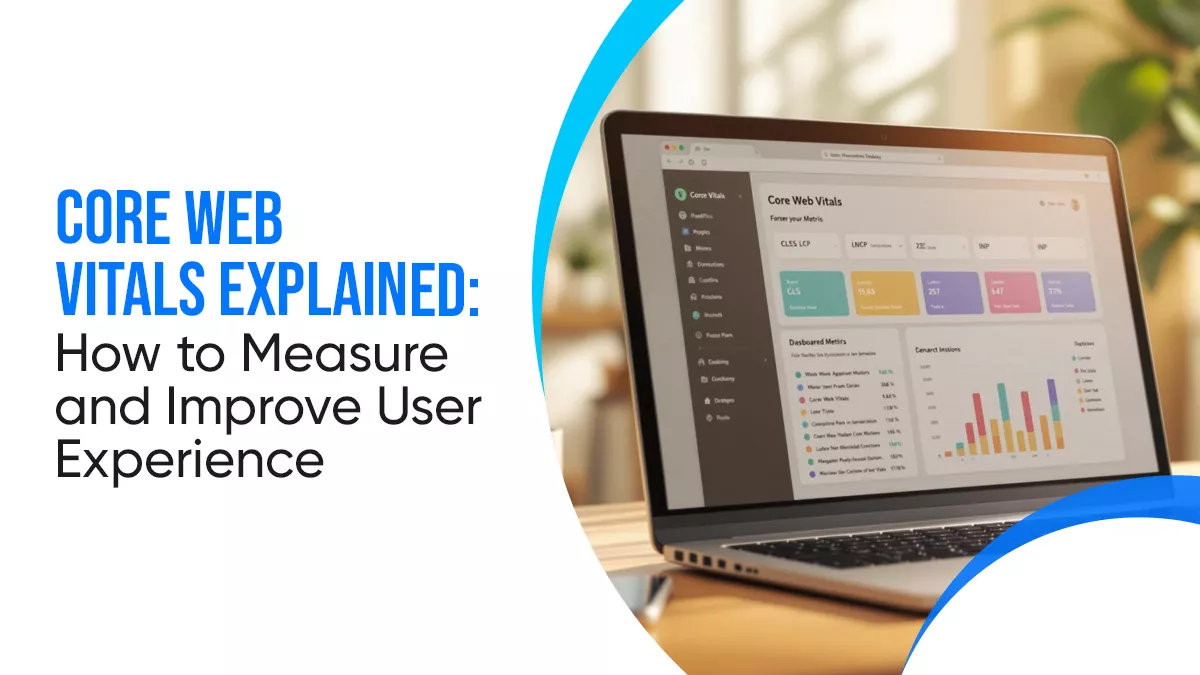

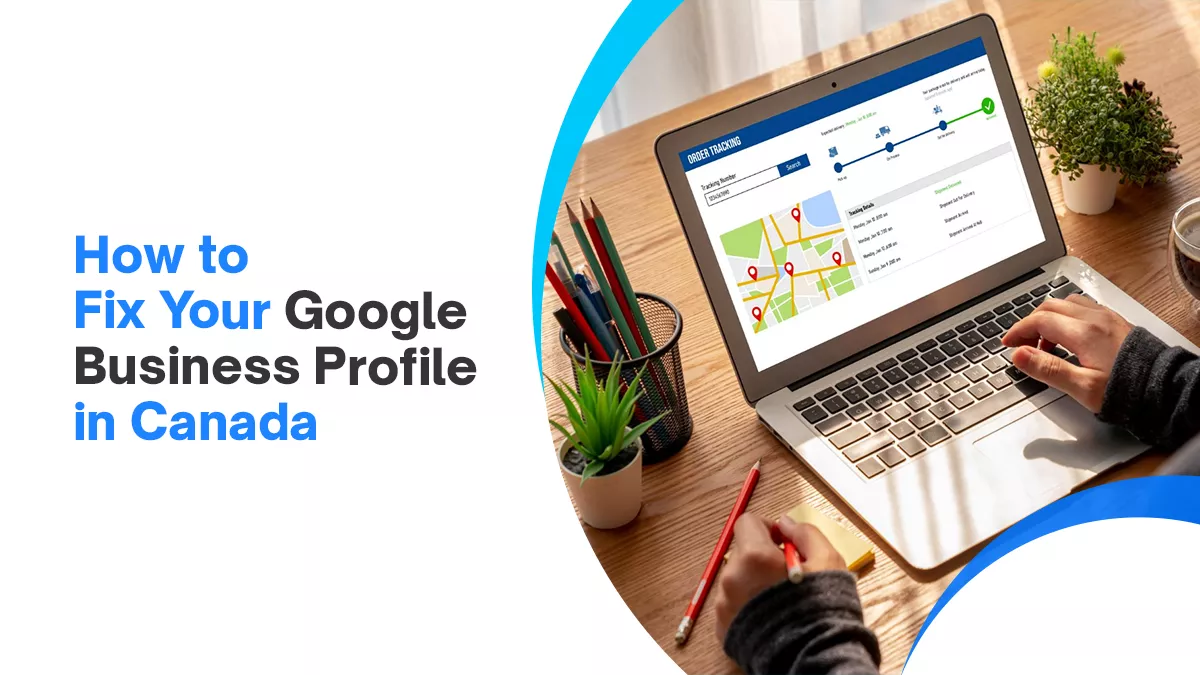


1 comment
Comments are closed.